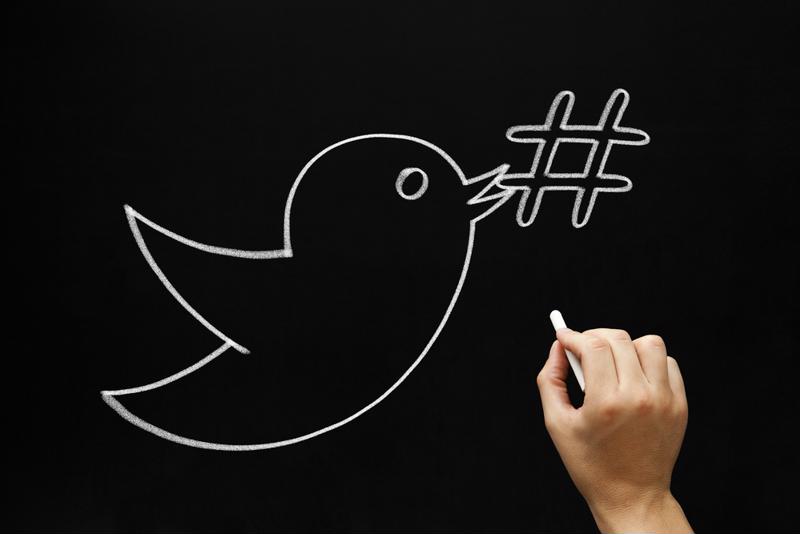As recently as 2005, the percentage of U.S. adults who used one more or social media sites was still in the single digits; by the end of 2016, the share had increased to nearly 70 percent, according to the Pew Research Center. There are several reasons for this rapid rise of social media usage across the country, including:
- Growing availability of broadband internet service, both within homes and as part of mobile data plans.
- Free access to sites that were once exclusive; Facebook is the best example, since it required an educational institution email address during sign-up until 2006.
- The utility of social sites in saving photos and videos as well as in helping with practical tasks such as job hunting (e.g., via LinkedIn).
“Spear-phishing has become a major concern for anyone with a social media account.”
With a firm majority of Americans on social media, it makes sense that many malware campaigns now specifically target these platforms. Spear-phishing in particular has become a major concern for anyone with a social media account. One cyber security vendor found that phishing requests contained within social posts had more than twice the clickthrough rate as ones embedded within the classic channel, email.
Quitting sites such as Twitter and Facebook altogether – which would eliminate the risk of having data compromised there – may be a bridge too far for many users. However, there are still some logical steps worth taking to stay safe online.
Social media risks and how to contain them
When you use social media, you have to be aware of what is going on and how something might go wrong:
Account hacking
A University of Phoenix survey of 2,088 adults found that two-thirds of them had experienced one of their accounts being compromised. Even more – 86 percent – said they limited what they posted in order to avoid the fallout of a possible hack.
Password security is vital in thwarting an account takeover. Creating strong passwords and using two-factor authentication – i.e., another credential like a texted or emailed code – can make it harder for cyber criminals to access your social media.
 Is social media putting your personal information at risk?
Is social media putting your personal information at risk?Phishing
Social media is an ideal platform for the spread of phishing campaigns. Someone might post a link that looks interesting, you click on it and you’re led to a website that might try to collect your personal data and deliver malware to your device.
Awareness is critical in combating phishing. Don’t click on links to domains you don’t recognize or which contain typos or too-good-to-be-true offers. Also ensure that you have sufficient protections in the form of software like Ultimate Internet Security suite from Total Defense.
Human error
Social media is a highly manual activity, making it easy for something to be misclicked or shared accidentally. The main risk here is in sharing details that might give away your identity – such as an address or credit card number – or in clicking on a link that could be malicious.
Play it safe when you are on social media. Take these tips to heart and consider one of the many protective solutions from Total Defense.





